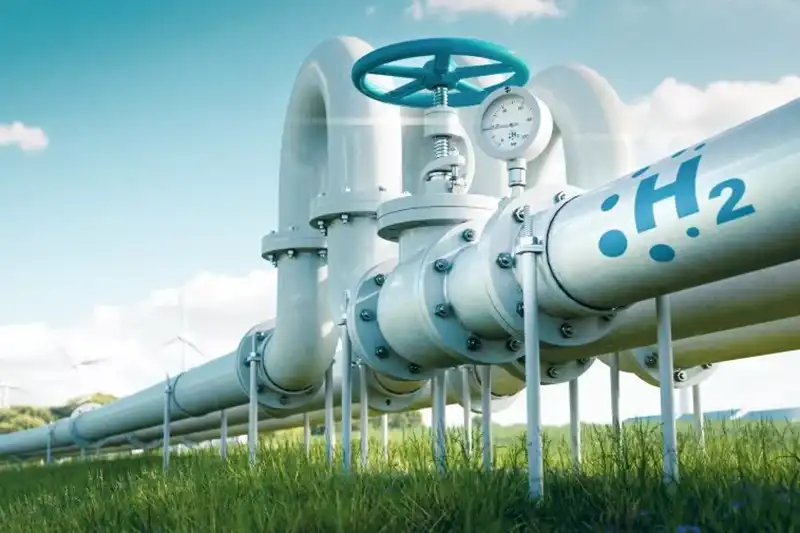Did you know that China is the largest producer of hydrogen?
The largest volume of the hydrogen produced in China is mainly from fossil fuel and natural gas. This is however not the best way to use the hydrogen produced as it causes emissions into the atmosphere. The most efficient way is to use green hydrogen.
What is Green Hydrogen?
Green hydrogen is the hydrogen that is obtained from renewable energy sources like the wind and solar. The water or moisture is split and the hydrogen is reacted with the oxygen atoms. From this reaction is where electricity is generated. The only waste from this green energy is water which makes it a clean form of energy. The energy generated from this source can be placed in small or large fuels cells. The small fuel cells can be used to power small computers and mobile phones while the large fuel cell can be used to power the main electric grid, used for back-up power or power the rural areas.
Pole line fittings are components that are used to secure and brace the connections on the poles used in electricity transmission. They are mainly used in telecommunication lines, utility pole mounting or utility pole hardware.
The British Petroleum company together with the Inflation Reduction Act (IRA) of the United States has already begun the process of setting up hubs for hydrogen production. They have clearly stated that the future of decarbonization is in the use of hydrogen energy with other renewable sources. They have invested in the project stating that is a better way to reduce the carbon in the atmosphere and lead to a better climate.
Why is Green Hydrogen sustainable?
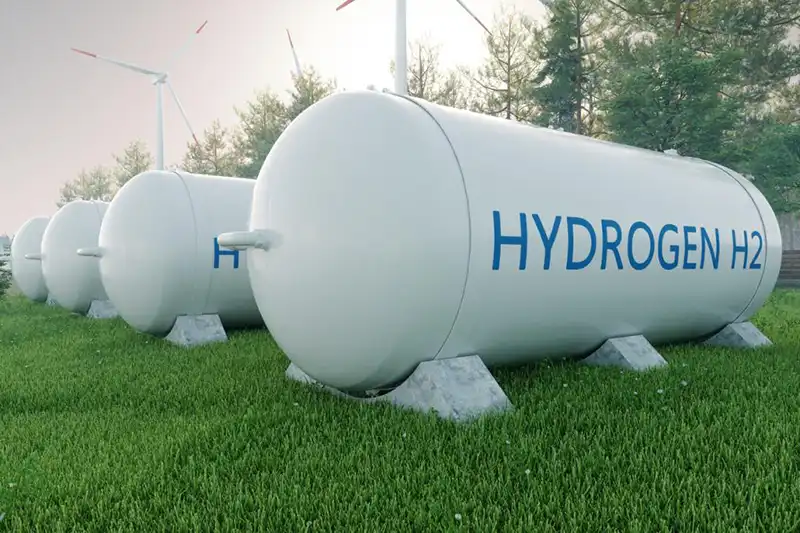
There is a probability that the green hydrogen can be used in almost all the sectors that fully depend on fossil fuel and difficult to decarbonize. These sectors include oil refineries, production of fertilizers and the transport industry. Pole line fittings are also used to prevent faulty voltages from flowing down to the earth which may cause electric shocks. The promotion of green hydrogen has already began as purchase the modern electrolyzer, construction of transport networks and installation of hydrogenation for road transport have already begun in some of the leading economy countries like Europe.
Green hydrogen has attracted some advantages such as there is no harmful waste product as it is generated from water, it is from resources that are self-replenishing, it is easier to store as it can be compressed and stored in tanks and the transportation of these tanks is made easier as the hydrogen element is very light. Pole line fittings include suspension clamps, secondary racks, guy clamps, anchor rods, secondary clevis, pole band, yoke plates and many others.
Other than that, it has some limitations that may make the implementation harder. These limitations are that it is more expensive to produce than grey hydrogen and the application of the green hydrogen requires a substantial investment for the infrastructure and research. However, the fall in the prices of renewable energies may promote the production of the green energy in the future to come.
The IRA has stated that the use of green hydrogen is the key to decarbonizing the economies especially sectors like the steel manufacture, chemical manufacturing, heavy shipping and transport and air travel. This is also a source that is set to overtake coal and become one of the biggest sources of electricity generation in the near future. Pole line fittings are essential to use in the installation of the overhead transmission lines to ensure the safety of the workers and residents in the area.
Did you know that hydrogen is the most plentiful element in the earth?
It is a carbon free fuel source that has the ability to be stored. The hydrogen fuel cells produce electricity by relating hydrogen with oxygen atoms. It reacts with the oxygen atom through an electrochemical cell related to that of battery to produce electricity, water, and heat. Hydrogen can be produced from a variety of sources such as natural gas, nuclear, solar, wind and biogas.
Distribution insulator is a device that is used to mechanically support the power lines while safely insulating the surrounding objects from conducting current. They include dead end insulator, suspension insulator and line post insulator.
How is hydrogen produced?
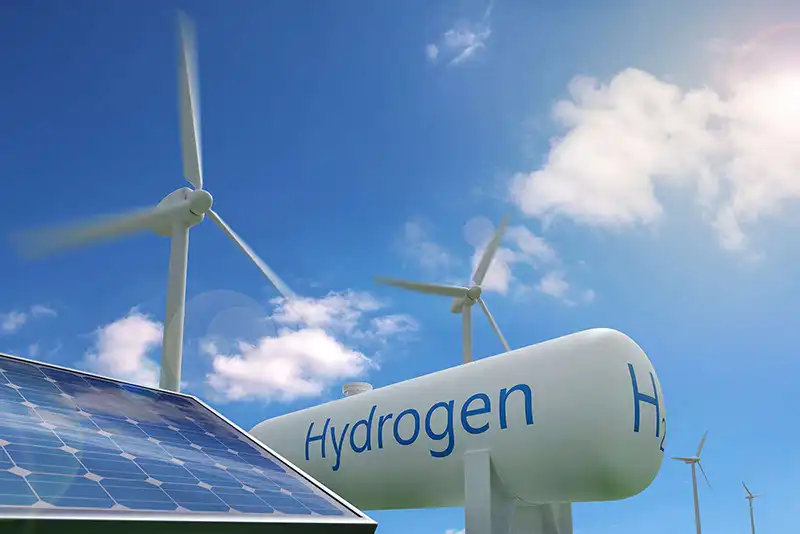
Hydrogen can be used to store, move and transport energy produced from other sources. It can also be used in industrial processes for refining petroleum, handling metals, producing fertilizers and food processing. It goes through different processes to be produced which as discussed below.
Thermal Process
This process involves a vapor reforming which is a high temperature process in which steam reacts with a hydrocarbon fuel to produce hydrogen. Many hydrocarbon fuels can be transformed to produce hydrogen which includes natural gas, diesel, renewable liquid fuels, gasified coal, or gasified biomass. Distribution insulators help in protecting the overhead lines from lightning and faulty currents.
Electrolysis
This process involves splitting water into oxygen and hydrogen. It takes place in an electrolyzer which functions like a fuel cell in converse. The electrolyzer creates hydrogen from water molecules instead of using the energy of a hydrogen molecule. Distribution insulators are used to prevent the mechanical and electrical stresses on the transmission lines caused by weather conditions.
Solar-driven Processes
This processes use light as the agent for hydrogen production. The solar driven procedures include photo-electrochemical which uses specialized semiconductors to split water into hydrogen and oxygen, photo-biological which uses the photosynthetic activity of bacteria and green algae to produce hydrogen, and solar thermochemical which uses resolute solar power to drive water splitting reactions along with other species such as metal oxides.
Biological Processes
This process uses microorganisms such as bacteria and micro-algae and produce hydrogen through chemical reactions. The main reactions involved include the microbial biomass conversion and the photo-biological process where the microbes use sunlight as the energy source. Distribution insulators help in preventing the flow of current to the unwanted areas in the transmission lines.
Advantages of Hydrogen Fuel Cells

The advantages of hydrogen as an energy source are clearly evident as it will increase energy efficiency in a country. These advantages include:
- Hydrogen is readily reachable and is renewable which is important for the zero carbon future of energy production.
- It is more powerful and energy efficient than fossil fuels as it provides a high density source of energy.
- Hydrogen has a fast charging time which is highly essential in the application of electric vehicles. This provides flexibility to the hydrogen powered vehicles.
- The hydrogen fuel cells does not produce any noise like other sources of renewable energy like wind power. The hydrogen powered cars are also quieter than those that use the ignition engines.
- Hydrogen fuels can reduce the dependency on fossil fuels which will increase the power supply around the world.
- Hydrogen is ideal for remote areas as it is available locally, this will reduce the need to transport fuels and improve the livelihoods of the people living in the rural areas.
Disadvantages of Hydrogen Fuel Cells
The disadvantages of hydrogen are quite evident and need to be overcome in order to fully adapt to hydrogen use. Distribution insulators are essential in maintaining the flow of current on the transmission lines.
- Hydrogen does not exist on its own as it requires processes like electrolysis to separate it from water among other conversion processes.
- The initial cost of hydrogen production can be quite high as exquisite metals such as platinum and iridium are required to be used as catalysts.
- There are various regulatory measures that need to be observed in order to define commercial deployment models.
- The transportation and storage of hydrogen is more difficult than that of fossil fuels which implies additional cost.
- The infrastructure for the adoption of hydrogen as an energy source such as refueling infrastructure for the automotive applications will require to be set up in new places to ensure efficiency.
- Hydrogen is highly flammable which raises safety concerns.
Business Outlook of Green Hydrogen

The British petroleum company (BP) that is set in London has recently bet on hydrogen to power future low carbon businesses. The future has been said to be carbon free to reduce the greenhouse gas emissions and protect the environment from further damages. These emissions are mainly from the heavy industrial companies together with the transport industry.
Hydrogen energy is produced from hydrogen fuel cells that split water and combine hydrogen with the oxygen atoms. The reaction occurs in an electrochemical cell that is similar to that of a battery. The small fuel cells can power laptop computers, cell phones and even martial applications. The large fuel cells can be used to power an electric grid, supply back up power and supply electricity to areas that are not connected to the electric grid.
Transmission insulators are devices that are used to protect the overhead lines by insulating the hardware components used in the installations of transmission lines. The most common transmission insulators are the shackle insulator and the stay insulator.
The shift from use of fossil fuel energy has proven to be difficult as hydrogen need support from the government to compete against the fossil fuel. The BP has already begun the processes of planning the stages to develop the low-carbon hydrogen hub. They have set to reduce the production of oil and gas output and growing renewables.
Impacts on Petroleum Market
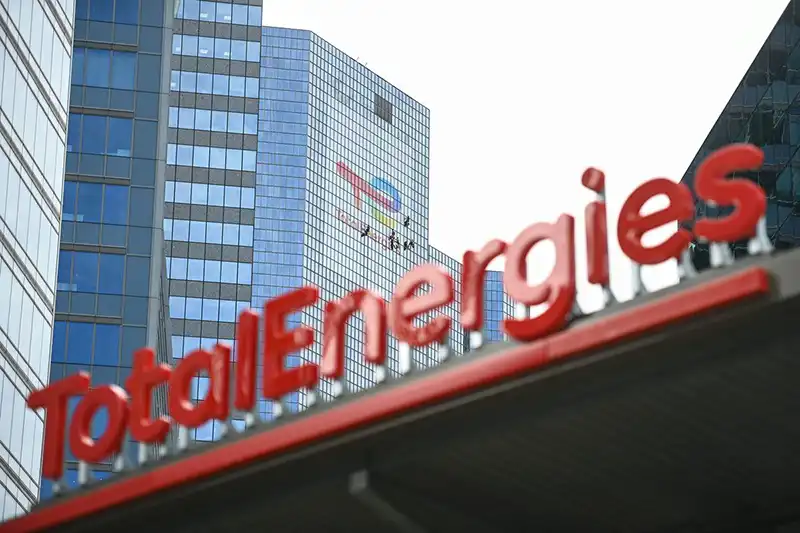
The effect of hydrogen fuel cells will be experienced in many different countries around the globe as BP and other oil companies such as Shell and Total Energies and Repsol are the major dealers of petroleum products around the world. This may also change as hydrogen may be used to fuel electric vehicles which will omit less carbon as compared to the vehicles using the combustion engine.
The electrical grid may also face a lot of changes as the hydrogen may be used together with other renewable energy sources such as wind and solar in order to generate more energy. The hydrogen may also be used to store more energy that can be used as back-up power in the cases of power outages. Transmission insulators are mostly used on the lines to prevent extra or excessive current from flowing to the unwanted places in the lines thus preventing damage and electrocution.
Currently, most of the hydrogen is being used in oil refining in places that are the leading exporters such as the gulf countries and Russia. Other places using the hydrogen include the fertilizer industry by heating natural gas which is a highly polluting process.
Types of Hydrogen
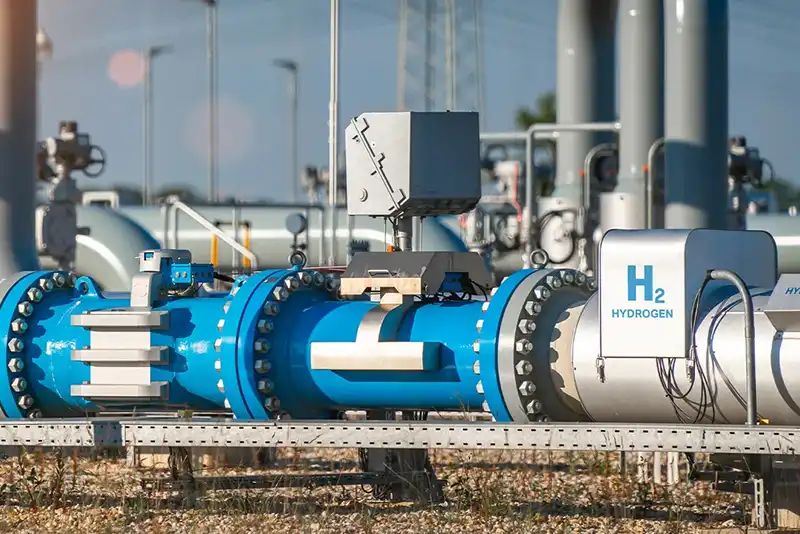
Grey hydrogen is acquired from reforming fossil fuels with natural gas and coal being the most common. The process omits large amount of carbon dioxide into the atmosphere which causes a lot of pollution. This is the cheapest form of hydrogen.
Blue hydrogen is a term used for hydrogen formed from natural gas and supported by carbon capture and storage. The carbon that is generated during the manufacturing process is seized and stored permanently underground. It may one day be the lowest-cost option to help decarbonize manufacturing heating, housing heating, and heavy duty vehicles. Transmission insulators are important as they also help to protect the hardware on transmission line from lightning.
Green hydrogen is obtained through the use of renewable energies in its production. This makes it clean and sustainable with zero pollution indexes that can be a raw material. It has abilities to replace the fossil fuels and fight against climate change. It is attained through the electrolysis process powered by renewable energies such as wind and solar. The hydrogen stored is directed to fuel cells that bind it with oxygen from the air and electricity is generated.
Benefits of Green Hydrogen
The green hydrogen is most preferred as it does not emit any carbon into the atmosphere. However, there are other benefits of using green hydrogen which include:
- It is generated from water which makes it clean energy.
- It uses natural resources that are renewable.
- It can be compressed and stored in tanks for a long time.
- The compressed tanks make it easy to transport as hydrogen is very light.

